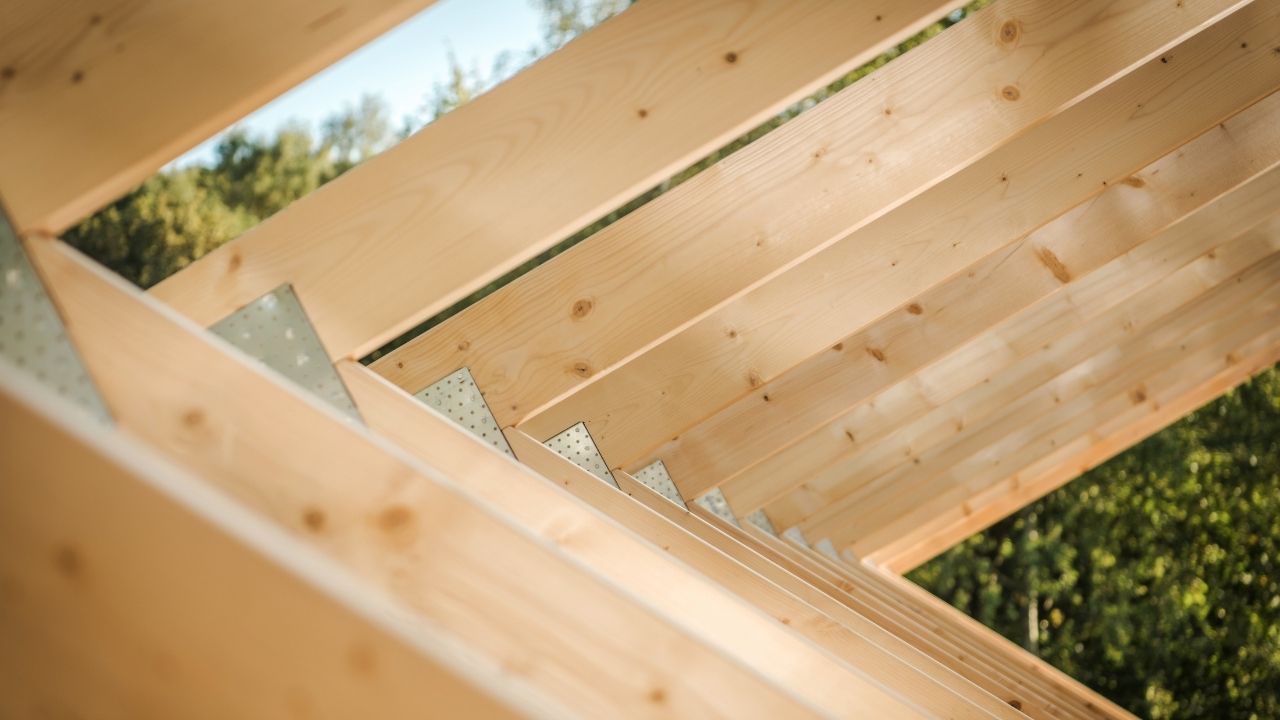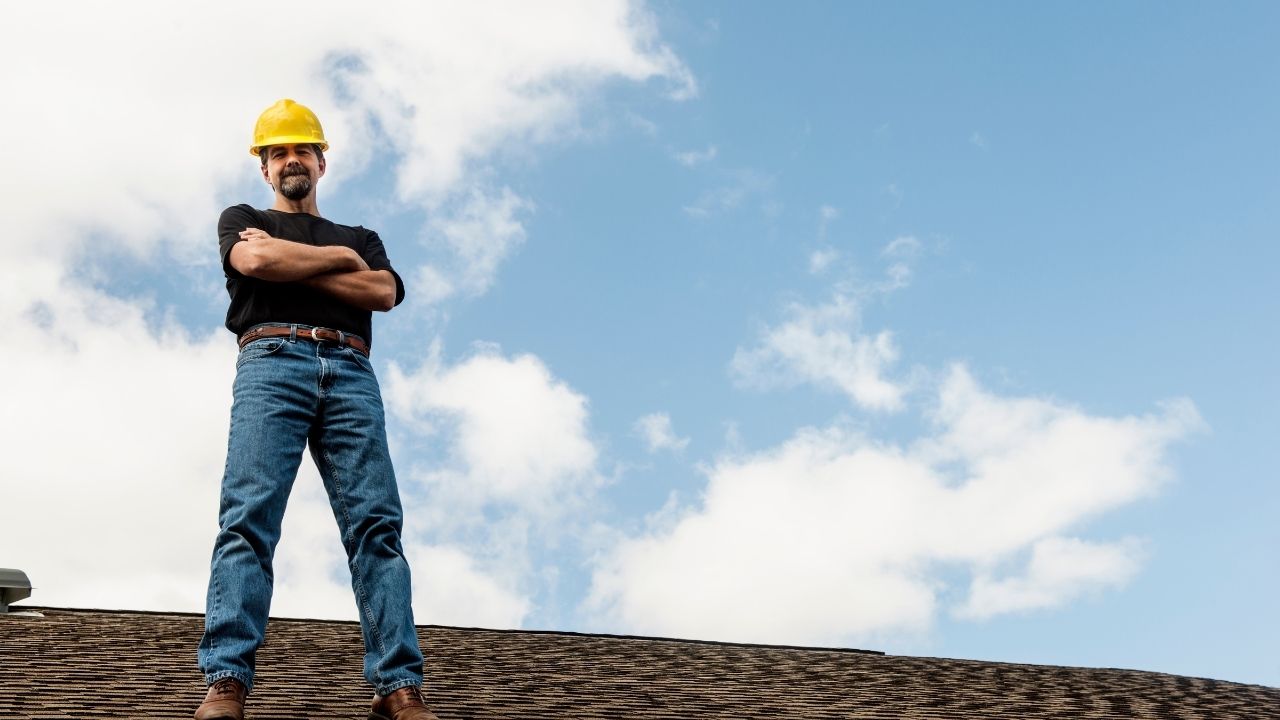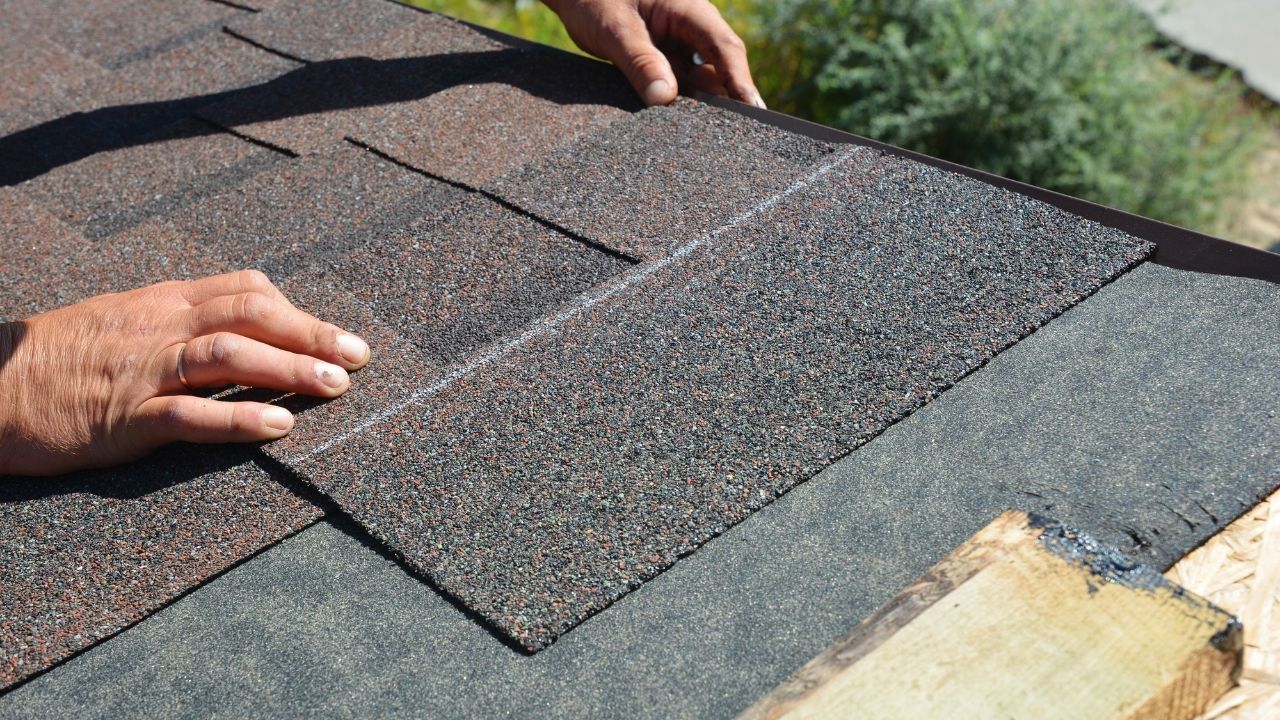
Roofing PVC is an excellent roofing material for flat roofs. It is light and chemically impervious. It is not a fast hitter in roofing. It will be used on more roofs than flat roofs in the future. Here are some tips for keeping your PVC roof in great condition. Check for cracks, rips, or other damage to the flashing and seams after heavy rain. You can contact a roofing expert if you observe any of the signs.
Roofs made of polyvinyl chloride are extremely durable. PVC roofing is unlike any other roofing materials. It is also fire-resistant. The chlorine element used in PVC's production is what makes it fire-resistant. It is unlikely that the membrane will catch on fire. PVC roofing will last for many more years than any other material. Listed above: What Makes a PVC Roof Great?

PVC roofing has many benefits, including its durability and ease of maintenance. Many Sacramento area property owners choose PVC roofing because of its easy installation. It is extremely resistant UV damage and chemical. It also resists punctures and high winds. It is the ideal roofing material for homes subject to severe weather. PVC roofing is a great choice for any roof, no matter how small or large.
Another benefit of PVC roofing is its fire-resistance. PVC roofing is more resistant to fire than other roofing materials. PVC is much more resistant than EPDM and is therefore not as flammable. Although it is more expensive than EPDM, PVC is still an excellent choice for low-slope roofs. Consider PVC for roofs that are both high-performance and low-maintenance.
PVC roofing is a great choice for your house. PVC offers many advantages, including energy efficiency and aesthetic appeal. PVC is highly resistant to extreme temperatures and has a long life span. PVC won't catch fire in the event that there is a fire. This makes it a good choice to use for roofs with low wind resistance. PVC is extremely durable, and it can last for many years.

PVC roofing may not be the right choice for everyone. PVC roofing does not suit low-slope roofs. While it has a long life expectancy, you need to be aware of the maintenance costs. Single-ply PVC roofing works well for low-sloped homes. This material is inexpensive and available in many colours. This material's main benefit is its low maintenance. Its long life will ensure that you'll never need to re-roof your house.
PVC is a good choice for flat roofing, but it's not the best option for extreme and cold weather. Some types of homes may not be suitable for PVC roofing, as they will not be weather-resistant. You should only use it when absolutely necessary. Its durability will outlast many other types of roofs. Choose a PVC roof if you have concerns about fire resistance.
FAQ
Which order should you do your home renovations?
The first thing you need to do when renovating your home is to decide where you want to put everything. If you are looking to sell your property soon, you need to plan how you will present your home to buyers. Next, you should start thinking about the design of your kitchen, bathroom, living room, etc. Once you have decided which rooms you want to renovate, you should start looking for contractors who specialize in those areas. After you have hired a contractor to work on your project, it is time to get started.
How do I start a renovation of a house?
Fixing up a home starts with cleaning out all the clutter from inside and outside. You will need to clean out all moldy areas and repair any leaky pipes. Finally, you'll need to repaint the interior. Finally, you need to clean off the exterior surfaces and apply fresh paint.
Are there ways to save money on home renovations?
You can save money by doing most of the work yourself. One way to save money is to try and reduce the number people who are involved in the remodeling process. Another option is to try to lower the cost of the materials you use in your renovations.
Statistics
- The average fixed rate for a home-equity loan was recently 5.27%, and the average variable rate for a HELOC was 5.49%, according to Bankrate.com. (kiplinger.com)
- Most lenders will lend you up to 75% or 80% of the appraised value of your home, but some will go higher. (kiplinger.com)
- Rather, allot 10% to 15% for a contingency fund to pay for unexpected construction issues. (kiplinger.com)
- On jumbo loans of more than $636,150, you'll be able to borrow up to 80% of the home's completed value. (kiplinger.com)
- A final payment of, say, 5% to 10% will be due when the space is livable and usable (your contract probably will say "substantial completion"). (kiplinger.com)
External Links
How To
How do I plan a whole-house remodel?
Planning a whole-house remodel requires planning and research. There are many things you should consider before starting your project. First, you must decide what type of home improvement you want. There are several categories you can choose from, such as bathroom, kitchen, bedroom, living area, and so on. Once you have decided which category you wish to work in, you will need to determine how much money you have to spend on your project. It's best to budget at least $5,000 per room if you don't have any experience working on homes. If you have experience, you may be able to manage with less.
Once you have figured out how much money you can afford to spend, you'll have to determine how big of a job you want to tackle. If your budget only allows for a small renovation of your kitchen, you will be unable to paint the walls, replace the flooring or install countertops. On the other side, if your budget allows for a full renovation of your kitchen, you'll be able do just about any task.
The next step is to find a contractor who specializes in the type of project you want to take on. This will guarantee quality results, and it will save you time later. After you have selected a professional contractor, you can start to gather materials and supplies. Depending on the size of your project, you may need to buy everything from scratch. However, it is possible to find everything you need in a variety of shops that sell premade items.
Once you have all of the necessary supplies, you can start making plans. You will first need to sketch out an outline of the areas you plan to place appliances and furniture. Then, you'll move onto designing the layout of the rooms. You should leave enough space for electrical outlets and plumbing. You should also place the most frequently used areas closest to the front door, so visitors have easy access. Last, choose the colors and finishes that you want to finish your design. Avoid spending too much on your design by sticking to simple, neutral colors and designs.
Now it's time to build! Before you start building, check your local codes. Some cities require permits. Other cities allow homeowners without permits. To begin construction you will first need to take down all walls and floors. You will then lay plywood sheets to protect your new flooring. Then, you'll nail or screw together pieces of wood to form the frame for your cabinets. Finally, attach doors and windows.
There will be some finishing touches after you are done. You might want to cover exposed pipes or wires. This can be done with plastic sheeting and tape. It's also a good idea to hang mirrors and photos. You should always keep your work area clean.
This guide will show you how to create a functional, beautiful home. It will also save you a lot of money. Now that you are familiar with how to plan a whole home remodel project, it is time to get started.